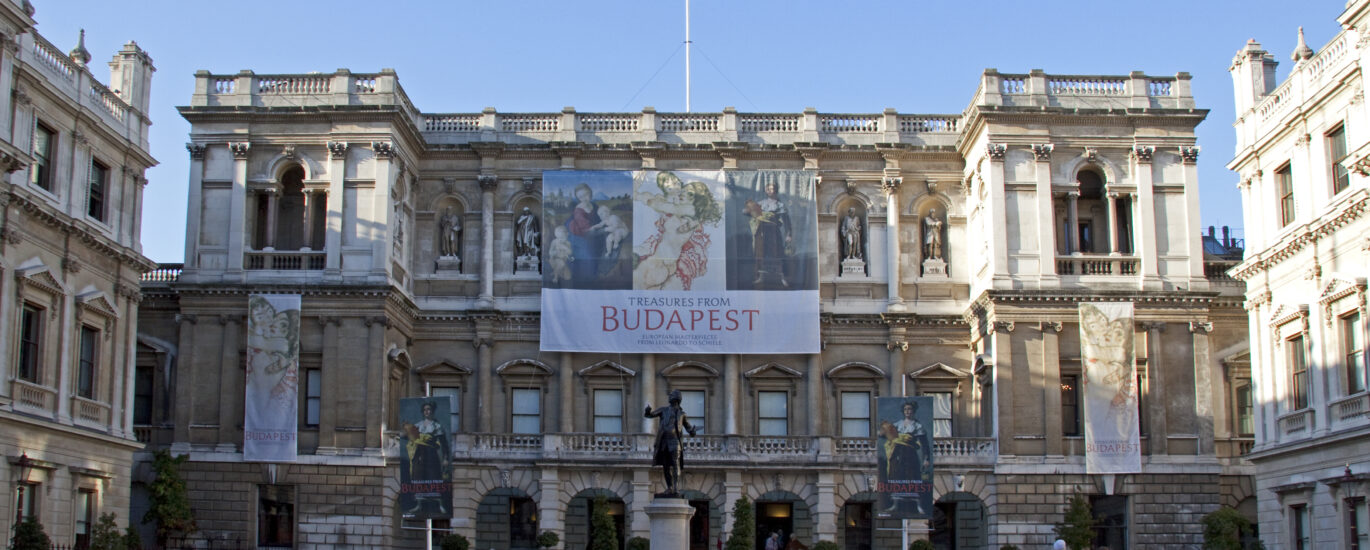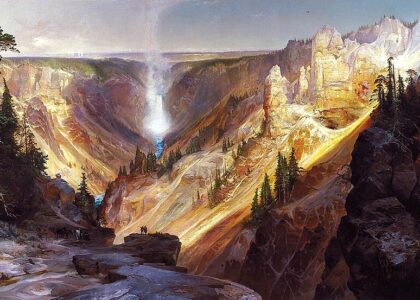Welcome to the Royal Academy of Arts, a cornerstone of London’s vibrant art scene, laden with a rich tapestry of history and culture. Established in 1768, the Academy is nestled in the heart of Piccadilly, London, and has been a beacon for artists and art lovers alike for over 250 years.
The story of the Royal Academy begins with the vision of a few determined individuals who sought to elevate the arts in Britain. Among them was Henry Cheere, a sculptor who, along with other members of the Society for the Encouragement of Arts, Manufactures and Commerce, attempted to establish an independent art institution as early as 1755. Although their initial efforts didn’t materialize immediately, the seeds were sown.
Fast forward to 1768, and we find Sir William Chambers, an influential architect, leveraging his connections with King George III. With the king’s personal patronage and support, the Royal Academy of Arts was born. Its mission was clear: to promote the arts through education, exhibitions, and debate. Joshua Reynolds, a prominent painter, took the helm as the Academy’s first president, guiding its direction with a vision for nurturing artistic talent.
The Academy’s early days were marked by a series of relocations, starting in cramped quarters on Pall Mall, then moving to Old Somerset House, and later settling in the east wing of the National Gallery in Trafalgar Square. However, by 1868, the Academy found its permanent home in Burlington House, where it has remained a cultural landmark ever since.
One of the Royal Academy’s most enduring legacies is the Summer Exhibition, first held in 1769. This annual event, showcasing contemporary art, has become a staple of London’s cultural calendar, attracting artists from all over the world. It has remained uninterrupted even through tumultuous times, including wars and societal upheavals.
Throughout its history, the Academy has played host to many notable figures. Sir Joshua Reynolds, Thomas Gainsborough, and Angelica Kauffman were among its founders. Over the years, it has welcomed artists and architects of renown, including J.M.W. Turner, John Constable, and more recently, Zaha Hadid. Each has left an indelible mark on the Academy’s narrative and, by extension, on the art world.
The Royal Academy’s significance extends beyond its exhibitions and educational programs. It has been a crucible for artistic innovation and debate, influencing public perception of art and artists throughout its history. Its role in nurturing talent and sparking artistic dialogue makes it a key player in the broader context of art history.
Today, the Royal Academy continues to thrive as a leading art institution. It remains independent and privately funded, upholding its founding principles while embracing the dynamic changes in the art world. From its historic exhibitions to its cutting-edge architectural developments, the Academy stands as a testament to the enduring power and relevance of the arts in society.
As you explore the Royal Academy of Arts, consider the generations of artists who have passed through its halls, each contributing to the rich tapestry of its history. It’s a place where the past and future of art converge, offering a unique glimpse into the creative spirit that has shaped, and continues to shape, our world.






